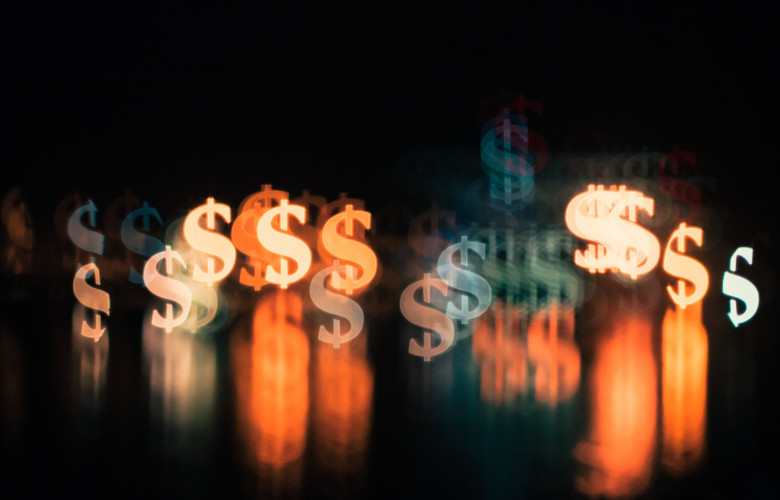John McGrath – Positive cash flow investing widely available
Contact
John McGrath – Positive cash flow investing widely available
Property investors have an unprecedented opportunity to buy positively geared or ‘cash flow’ investments across Australia, according to John McGrath founder and executive director of McGrath Estate Agents.
With interest rates at historical lows and national rental values rising at their fastest pace in a decade, property investors have an unprecedented opportunity to buy positively geared or ‘cash flow’ investments in thousands of locations across Australia, including many of the capital cities.
This is potentially a once-in-a-lifetime opportunity because the biggest cost involved in property investing is your loan repayments and right now, interest rates are making those repayments cheap.
Cash flow investing is where the return you make from the property exceeds the amount you pay in interest and expenses such as insurance, council rates, property management fees and repairs.
Very few properties are suitable for cash flow investing from day one. Traditionally, positive cash flow is achieved over many years of paying down debt and renovating to increase the rental income. When loans are at their long term average rate of about 7%, positive cash flow takes serious time.
Long term investors who are paying down debt can get into a net positive position at the end of the year after deductions and depreciation are applied in their tax returns to reduce their tax liability.
But that’s a bit different to positively geared investing, where there’s excess cash in your account that you can see and use on a monthly basis. Negative gearing is certainly the norm in Australia, with 60% of property investors claiming a net loss per year, according to ATO tax statistics.
But when you combine rock bottom loan rates, a strong rebound in rental values and the end of eviction moratoriums (except SA – May 31), you’ve got a recipe for positively geared investment.
In some parts of the country, rental value growth over the year to March 2021 has been stunning at 16.5% in Darwin, 14.2% in Perth, 10.7% in regional Western Australia, 9.5% in regional Queensland, 8.5% in regional Tasmania and 8.3% in regional NSW.
Of course, there are always exceptions due to local factors, such as an oversupply or in the case of Sydney and Melbourne’s inner cities, a temporary dearth of international students and migrants.
But rental yields in most locations are now a few percentage points higher than mortgage rates, even in capital cities where yields are traditionally lower but capital gains are greater. City investors traditionally have to tip in some extra cash to cover costs but today, they don’t need to do that.
According to CoreLogic, the average three year fixed rate for new investor loans is 2.35%. Now take a look at capital city apartment yields – 7.3% in Darwin, 5.5% in Canberra, 5.3% in Perth and Adelaide, 5.2% in Brisbane and 4.8% in Hobart.
It’s even better in regional areas, which are known for higher yields but less growth. Today, they’re delivering both with very impressive capital growth due to surging demand from city relocators.
Once again, compare the same fixed loan rate of 2.35% to rental yields of 7.5% on apartments and 6% on houses in regional Western Australia. How about 5.7% on apartments and 5.6% on houses in regional South Australia? Or 5.5% on apartments and 4.9% on houses in regional Queensland?
Interest rates will go up eventually, so today’s buyers might not be positively geared forever. But the RBA is saying official rates won’t rise before 2024. It’s also fair to assume that when they go up, it will be in small increments over a period of time to ensure the COVID recovery continues strongly.
Here are the gross yields of all capital cities and regional areas recorded by CoreLogic in March.
- Brisbane 4.1% (houses) and 5.2% (apartments)
- Regional Queensland 4.9% (houses) and 5.5% (apartments)
- Canberra 4.1% (houses) and 5.5% (apartments)
- Darwin 5.6% (houses) 7.3% (apartments)
- Regional Northern Territory 6.4% (houses)
- Hobart 4.4% (houses) and 4.8% (apartments)
- Regional Tasmania 4.8% (houses) and 5.5% (apartments)
- Perth 4.3% (houses) and 5.3% (apartments)
- Regional Western Australia 6% (houses) and 7.5% (apartments)
- Adelaide 4.1% (houses) and 5.3% (apartments)
- Regional South Australia 5.6% (houses) and 5.7% (apartments)
- Sydney 2.5% (houses) and 3.3% (apartments)
- Regional NSW 4.2% (houses) and 4.7% (apartments)
- Melbourne 2.7% (houses) and 3.6% (apartments)
- Regional Victoria 4% (houses) and 4.7% (apartments)
Cash flow investing is harder in Sydney and Melbourne because homes are much more expensive. But with rates so low it can be done, especially on lower priced homes that investors typically target.
Take a typical $1,000,000 apartment, for example. On an 80% LVR loan at 2.35%, your interest cost per year is $18,800. Add say $10,000 in expenses and you get $28,800 in total costs. Sydney’s 3.3% apartment yield will cover this entirely at $33,000. You’re cash flow positive by $80 per week.
It won’t be long before investors realise all of this and come back into the market in force. CoreLogic says there’s been an uplift in investor activity in NSW, Queensland and Tasmania already. This means more competition for you if you continue to put off your next investment buy.
In addition, rental yields are likely to slowly reduce because capital values are rising faster than rents in most areas, with every capital city bar Perth and Darwin now at record high median values.
If this continues, yields will inevitably soften and reduce the number of positive investment options.
The views expressed in this article are an opinion only and readers should rely on their independent advice in relation to such matters.
For more information including articles, checklists, guides and more visit McGrath’s Insights Centre.
Similar to this:
John McGrath – More homes for sale but demand swamping supply





